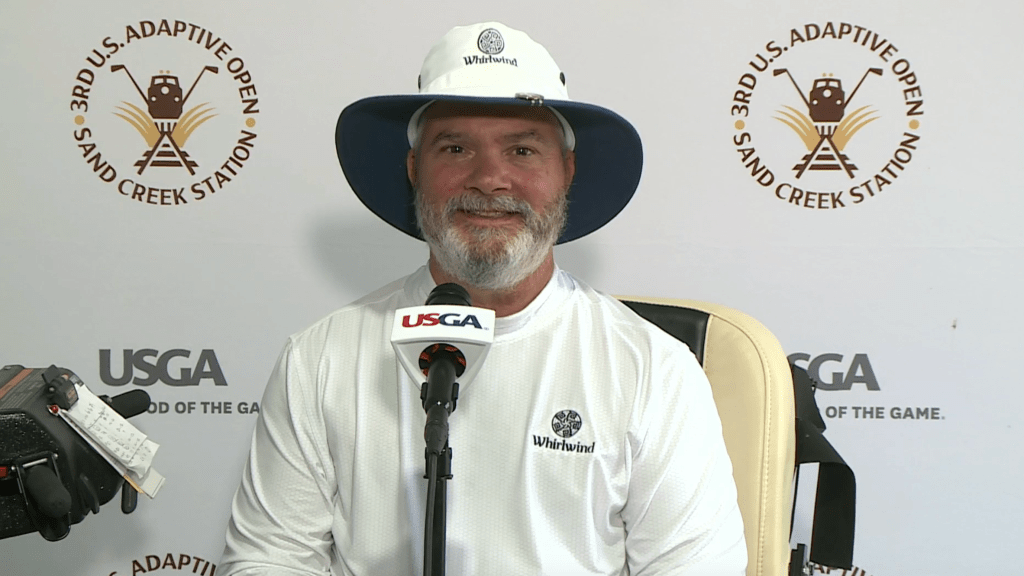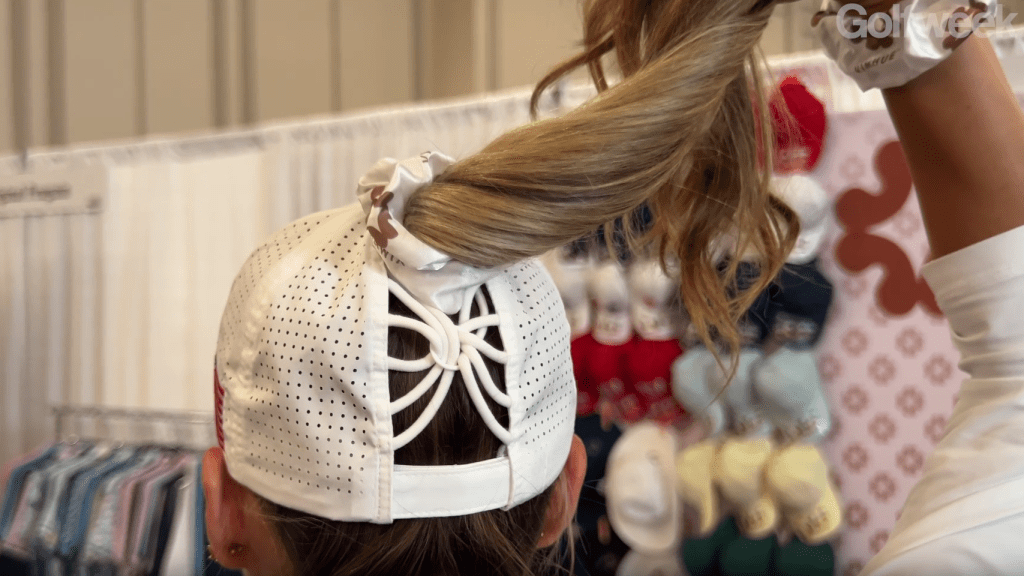[ad_1]
Larry Celano is no stranger to the U.S. Adaptive Open.
He played in the first two editions of the championship before winning his qualifier this year to earn his way into the field at Sand Creek Station in Newton, Kansas. Come Monday, Celano and other adaptive athletes will tee it up in the third edition of the U.S. Adaptive Open, but this year, it means more for Celano and others.
For the first time, the United States Golf Association, which conducts the U.S. Adaptive Open, held qualifiers for the championship. Played over 18 holes, qualifiers were held at six sites across the United States between April 15 and May 31.
In its first two years, the championship field was determined largely by Handicap Index.
“Just to be able to go and actually work hard, come out and play and earn your spot, it’s the most amazing thing,” Celano said.
Adaptive Open: Photos
The Arizona native was wounded during the invasion of Panama on Dec. 22, 1989, as a member of the U.S. Army in the 82nd Airborne Division. He suffered an L1-L2 spinal cord injury because of gunshot wounds. He retired in June of 1990 and was awarded the Purple Heart.
He also started the Seated Golfers Association, where he serves as the president.
“I will always cherish this one as much as the first one, but this one a little bit more because I had to earn my way into it,” Celano said.
Celano was emotional Sunday during his pre-tournament press conference because of the opportunities afforded to him thanks to the U.S. Adaptive Open.
He said two weeks before qualifying, he had a pit in his stomach waiting for his chance to earn his way into the field. He went on to win his qualifier in Dallas.
Sand Creek Station offers a different test than the first two editions of the Adaptive Open, which were held at Pinehurst No. 6. Celano said it’s on par with the best courses in the country and will offer a good challenge for the adaptive athletes.
Celano said it’s an emotional week to get back together and meet athletes and friends he has met playing golf through the years, and being able to do it at the national championship makes it even better.
“I get all teared up because I’ve met so many people,” Celano said. “Even the volunteers and staff I’ve got to know from the USGA, it’s just heartwarming. It’s just so great that we got our championship and we have to earn it to be here.”
[ad_2]



